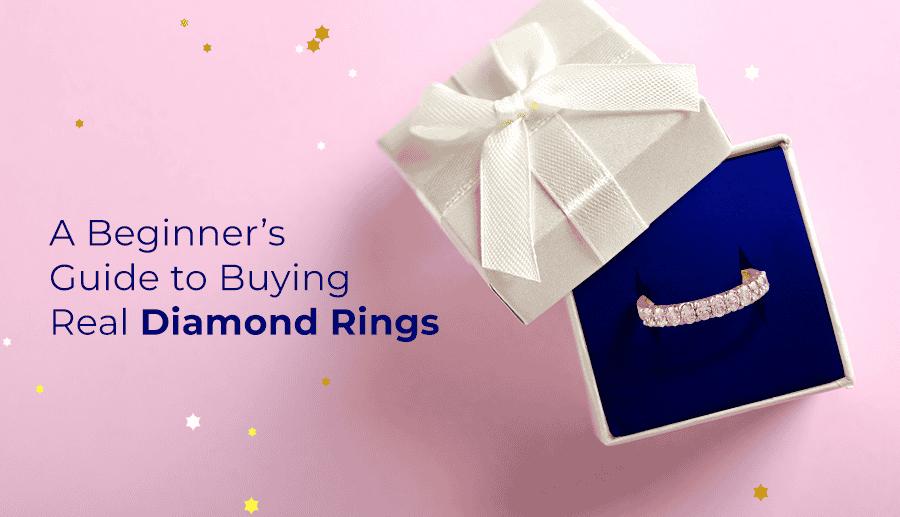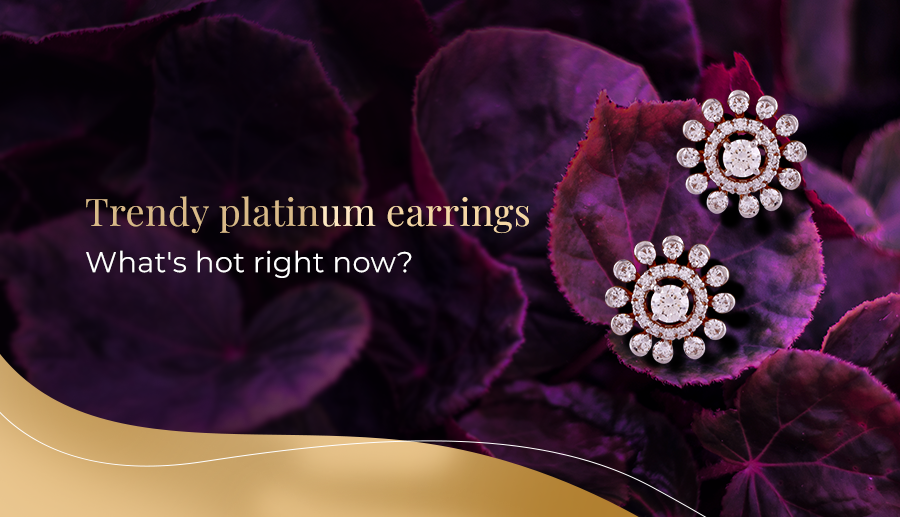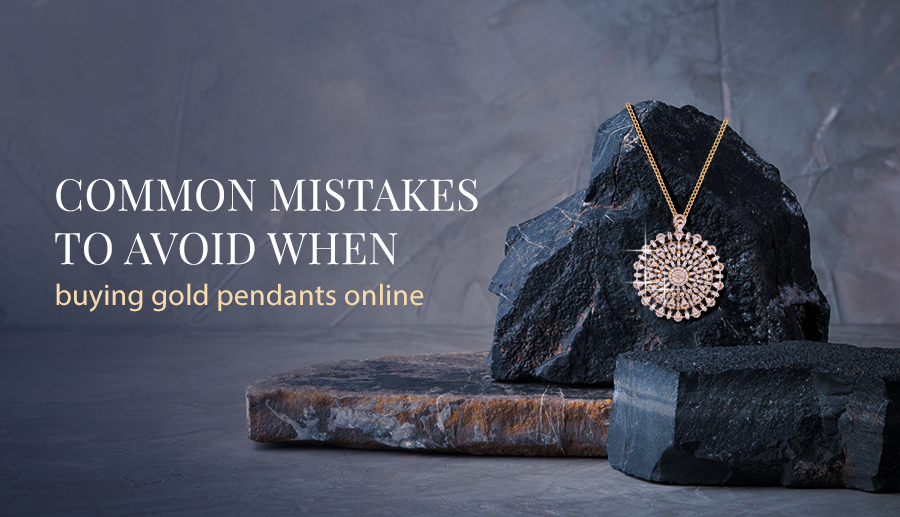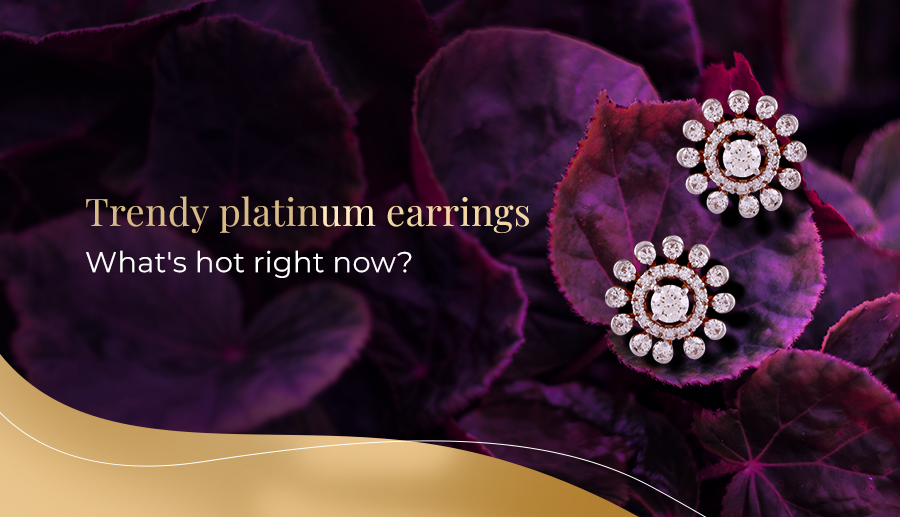
Author:KIRTILALS
A Beginner’s Guide to Buying Real Diamond Rings
Purchasing a real diamond ring is a significant investment, whether it's for an engagement, a special occasion, or a personal treat. With a myriad of options and factors to consider, the process can seem overwhelming for beginners. Here, we share a guide that aims to simplify the journey by covering the essentials you need to know before buying real diamond rings.
1.Understanding the 4 Cs
The quality and value of a diamond are primarily determined by the 4
Cs: Carat, Cut, Color, and Clarity.
● Carat:
Carat refers to the weight of the diamond. Larger carat diamonds are rarer and thus more expensive. However, size is not everything. You have to balance carat with the other Cs for the best value. A one-carat diamond that is well-cut, colorless, and has high clarity can be more stunning than a larger diamond that lacks these qualities.
● Cut:
Cut determines how well the diamond reflects light. A well-cut diamond will sparkle brilliantly. The cut is often considered the most important of the 4 Cs because it has the greatest influence on a diamond’s sparkle and overall appearance. A poorly cut diamond will look dull regardless of its carat weight or clarity.
● Color:
Color measures how colorless a diamond is. Diamonds are graded from D (colorless) to Z (light yellow). The less color, the higher the grade. For the best value, aim for diamonds in the near-colorless range (G-H).
● Clarity:
This is a way of grading whether the diamond has any internal or external imperfections. These are referred to as blemishes. The grading scale ranges from flawless to included. At the included range, you can visibly spot the imperfections with the naked eye. Most inclusions are microscopic and do not affect the diamond's appearance.
2.Choosing the Right Setting
The setting holds the diamond in place and can enhance its beauty. Popular settings include:
● Prong Setting:
This specific setting uses metal prongs to secure the diamond. The primary advantage of the prong setting is that it ensures maximum light can enter the diamond and enhance its brilliance. It’s also relatively easy to clean and maintain. However, prong settings can snag on clothing and require periodic checking to ensure the diamond remains secure.
● Bezel Setting:
In this setting, a thin metal rim encircles the diamond. Rings with this setting offer a modern look and protect the diamond from damage. The bezel setting is ideal for those with an active lifestyle as it secures the diamond more firmly than prong settings and prevents it from getting chipped or broken.
● Pavé Setting:
Small diamonds are set close together along the band, creating a continuous sparkle and making the center diamond appear larger. Pavé settings add extra glamor to the ring and can be a beautiful way to enhance the overall sparkle without significantly increasing the cost. However, they can be more challenging to clean and maintain.
● Halo Setting:
Halo settings feature a central diamond surrounded by smaller diamonds. The surrounding diamonds make the center diamond look larger and more brilliant. This setting can add a lot of sparkle and create the illusion of a larger central stone, making it a popular choice for engagement rings.
Selecting the Metal for the Band
The metal of the band affects both the ring’s appearance and durability. Common options include:
● Platinum:
Platinum is a highly durable and hypoallergenic metal that adds to the shine of the piece. Platinum can maintain its luster for a long time. Even though platinum settings are more expensive, it offers great longevity and is less likely to cause allergic reactions compared to other metals. Platinum also requires less maintenance and does not wear away over time.
● Gold:
Gold settings for diamond rings range from yellow to white and rose gold. You can usually choose between 14 Karat and 18 Karat gold settings. 14K is more durable, while 18K is purer. The choice between 14K and 18K gold often comes down to a balance between durability and richness of color. Yellow gold gives a traditional and classic look, white gold offers a modern and sleek appearance, and rose gold provides a unique and romantic feel.
➔ Additional Tips for Buying a Diamond Ring
● Set a Budget:
Before you start shopping, set a budget. This helps narrow down your options and ensures you don't overspend.
● Research and Compare:
Take time to research different jewelers and compare their offerings. Look for reputable jewelers who provide certification for their diamonds. Certifications from laboratories like GIA (Gemological Institute of America) ensure the diamond's quality and authenticity.
● Ask Questions:
Don't hesitate to ask the jeweler questions about the diamond's 4 Cs, the setting, and the metal. A good jeweler will be happy to educate you and help you make an informed decision.
● Examine the Ring:
Before making the purchase, closely examine the ring. Check for any visible flaws and ensure the diamond is securely set. If possible, view the diamond in different lighting conditions to see how it sparkles.
Looking to buy diamond rings?
Explore our diamond rings collection. We offer a wide range of designs and settings that you can choose from. You can also choose from different metal options for the ring, including white gold, platinum, yellow gold, and rose gold. We also provide customisation options, which include engravings on the rings as per your choice.


